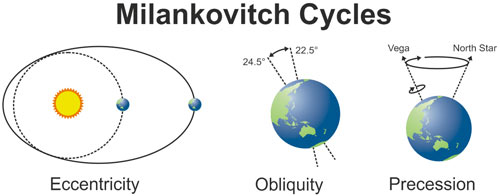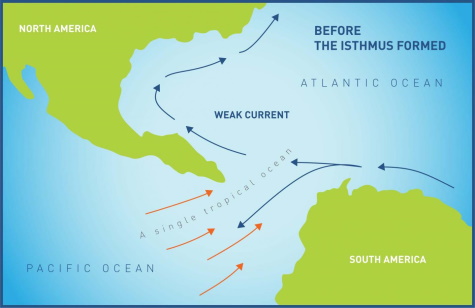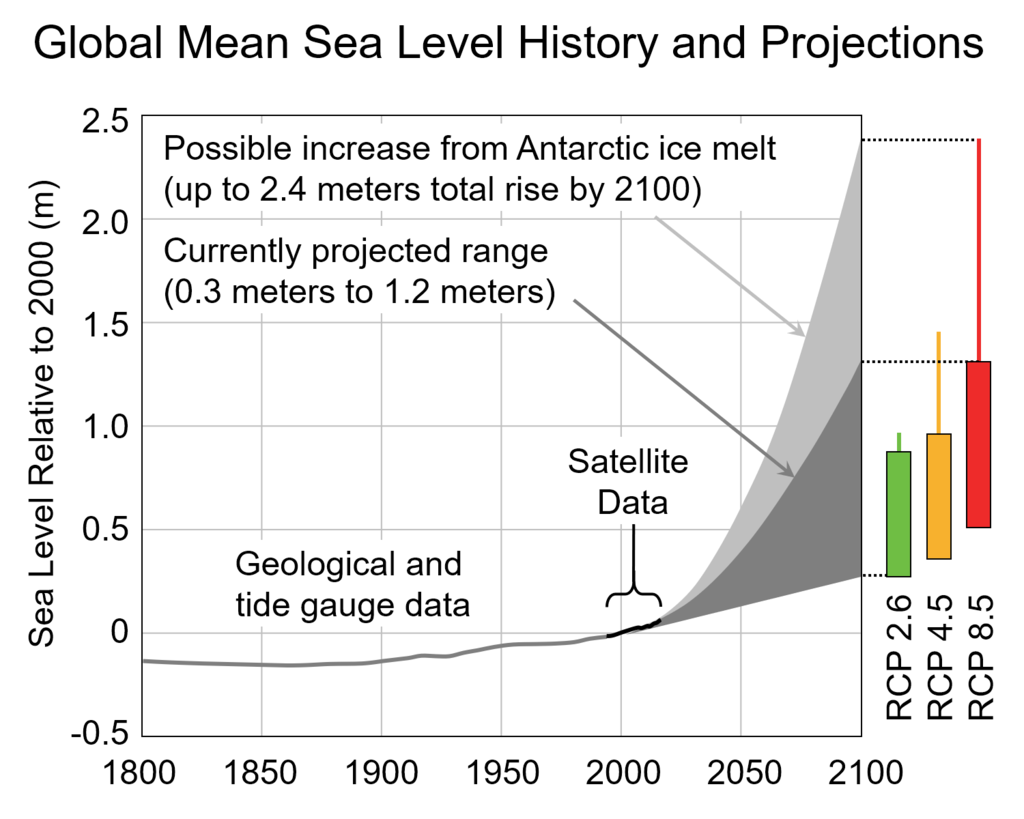Climate Change Overview
29 Dec 2023 14:31
There is now more Carbon Dioxide in the atmosphere than there has been since before humans emerged, as Homo Habilis, some 2.5 million years ago. The mid-Pliocene (3-5m years ago) was the last time CO2 was at the levels we see today (412 parts per million and counting). The world was a very different place then, with sea levels up to 20m higher and it was 3-4 degrees warmer and generally wetter. There is a great deal of evidence to suggest this is where the climate is likely to go over the next few hundred years, if not sooner.
So, it is the first time humanity has faced a climate like this. As a result, some suggest we are entering a new geologic era: the "Anthropocene". While we are a resilient species, and can undoubtedly survive this change, it will cause huge social upheaval with all the attendant dangers of migration, war and famine. However, there is hope if we act now and act together.
It is ironic that in the absence of the sudden and huge CO2 build up in the atmosphere we might have expected to be entering a cooling period (see below) but this is being overwhelmed by the warming effect of CO2. So by working together and using our ingenuity we can reduce carbon emissions and avoid the worst effects of this disaster, as we literally have the heavens on our side.
Below is a gallop through just some of the key science behind the Climate Emergency we now face. Climate like all natural systems is complex and sometimes mathematically chaotic. Predictions are difficult and some times impossible. Understanding these natural systems has always been about building a consensus around how to evaluate and interpret the data available. The overwhelming consensus now is that the climate is changing, that the rate of change is accelerating and what is being observed is at the 'worst' end of what current models are suggesting. This should be a source of alarm. We need to act now and we need to act together if we are to avoid a catastrophic and very bleak future.
What makes the Climate Change

The climate changes for many reasons. The angle of the rotation of the earth as it orbits the sun gives us our seasons but this changes in a cycle lasting 41,000 years. Also, the earth's distance from the sun varies over several time periods, the strongest being every 100,000 years. The waxing and waning of the ice-ages correlate well with all these cycles, known as Milankovitch Cycles. We are currently entering a period where the 100,000 year cycle would bring cooling as our average distance from the sun steadily increases causing a reduction of solar radiation by some 3% over the period. This sounds tiny, but the systems that drive our climate are very sensitive to these changes.

Geological events also have a big influence. The eventual closure of the Central American Seaway and the formation of the Panama Isthmus, separated the Pacific from the Atlantic and triggered changes in ocean circulation that led to the strengthening of the so called Altantic Meridional Overturning Current (AMOC) which in turn led to glaciation and the start of the cool period that we evolved in. Of course, superimposed on this cool period of some 2 million years were the Milankovitch cycles of ice ages (aka glacial periods) and the relatively warmer interglacial periods like the one we live in today.

Another major determining factor for climate is the CO2 levels in the atmosphere. The dynamics of the influence of CO2 is complex. A phase of global warming can begin due to external factors which then causes the release of C02 from the oceans which then amplifies the initial warming as a secondary effect. In this case, C02 levels lag behind the temperature rise. Evidence from rocks and ice-cores suggest this is what has happened repeatedly over the last million years. However, today we have C02 levels that are being driven up at an unprecedented rate and so CO2 is the primary cause of global warming. The oceans are being heated through the greenhouse effect of CO2 but they take time to absorb this energy due to the so called thermal inertia of such a massive system. So that currently, in contrast to the last million years, the temperature rise lags behind the C02 levels by some 40 years.
The CO2 levels of the mid-Pliocene were associated with higher temperatures and this happened over many thousands of years. Today the rate at which atmospheric CO2 is increasing and the thermal inertia of the oceans means we have yet to experience the temperatures of the mid-Pliocene. If we reduced our emissions of CO2 to zero today, the temperature could still reach that of the mid-Pliocene. However, the rate of increase in carbon emissions has been a steady 2.8% per annum since before 1800. That equates to a doubling every 25 years. Such a rise is exponential and so with each passing year 2.8% represents a larger and large amount of CO2 in absolute terms. There is some evidence that this rate may have dropped slightly in the last few years but the consequences of the accumulated CO2 has yet to be realised.
There are many causes for the rapid rise of CO2 in the atmosphere and there can be no doubt that most of the rise is directly man-made. The burning of fossil fuels accounts for about 62% of man-made emissions, land use and methane make up another 27% and the other 11% comes from a variety of sources. Below is just an indicative list of how humans are causing CO2 levels to rise:
- Population growth (7.7 billion) - The rate is falling but it is expected to reach 10 billion by 2057.
- GDP growth - means more energy consumption per capita which in general equates to the burning of more fossil fuels.
- Global Travel - Air travel releases C02 at high altitude which is very damaging but cruise ships are seven times worse in terms of emissions.
- Deforestation - burning forest for argriculture releases CO2 and removes the carbon sink that forests provide
- Intensive Food Production - methane, nitrous oxide are very damaging green house gases.
- Oceanic Warming - reduces its ability to absorb CO2. The oceans currently absorb about 35-40% of all CO2 emitted into the atmosphere. The high levels cause the acidification of the oceans and biodiversity loss, but as the ocean warms it will absorb less.
- Loss of other Carbon Sinks - just one example is the loss of oceanic kelp forests which absorb a deal of CO2.
- Changes in oceanic circulation - more frequent El Nino events, which can causes drought conditions in the tropics, restricting plant growth that removes CO2.
Climate Change Models
Climate Modelling is difficult and is constantly evolving. One approach that has been used by the IPCC is to examine the consequences of different scenarios. There are now five so called Representative Concentration Pathways (RCP). Each RCP is numbered according to a figure that represents the expected difference at the end of the century between the amount of solar energy received by the earth and that radiated back into space. This difference is called Radiative Forcing. So RCP 1.9 is a scenario where the amount of greenhouse gases in the atmosphere causes a net gain of energy of 1.9 Watts per square meter in 2100.

A similar but more comprehensive approach that is now being used specifies five so called Shared Socioeconomic Pathways (SSP).
Each of the RCP scenarios is therefore associated with a level of emissions and a temperature rise as follows:
- RCP-1.9 - 1.5 °C - Very Strongly Declining Emissions
- RCP-2.6 - 2.0 °C - Strongly Declining Emissions
- RCP-4.5 - 2.4 °C - Slowly Declining Emissions
- RCP-6.0 - 2.8 °C - Stabilising Emissions
- RCP-8.5 - 4.3 °C - Rising Emissions

